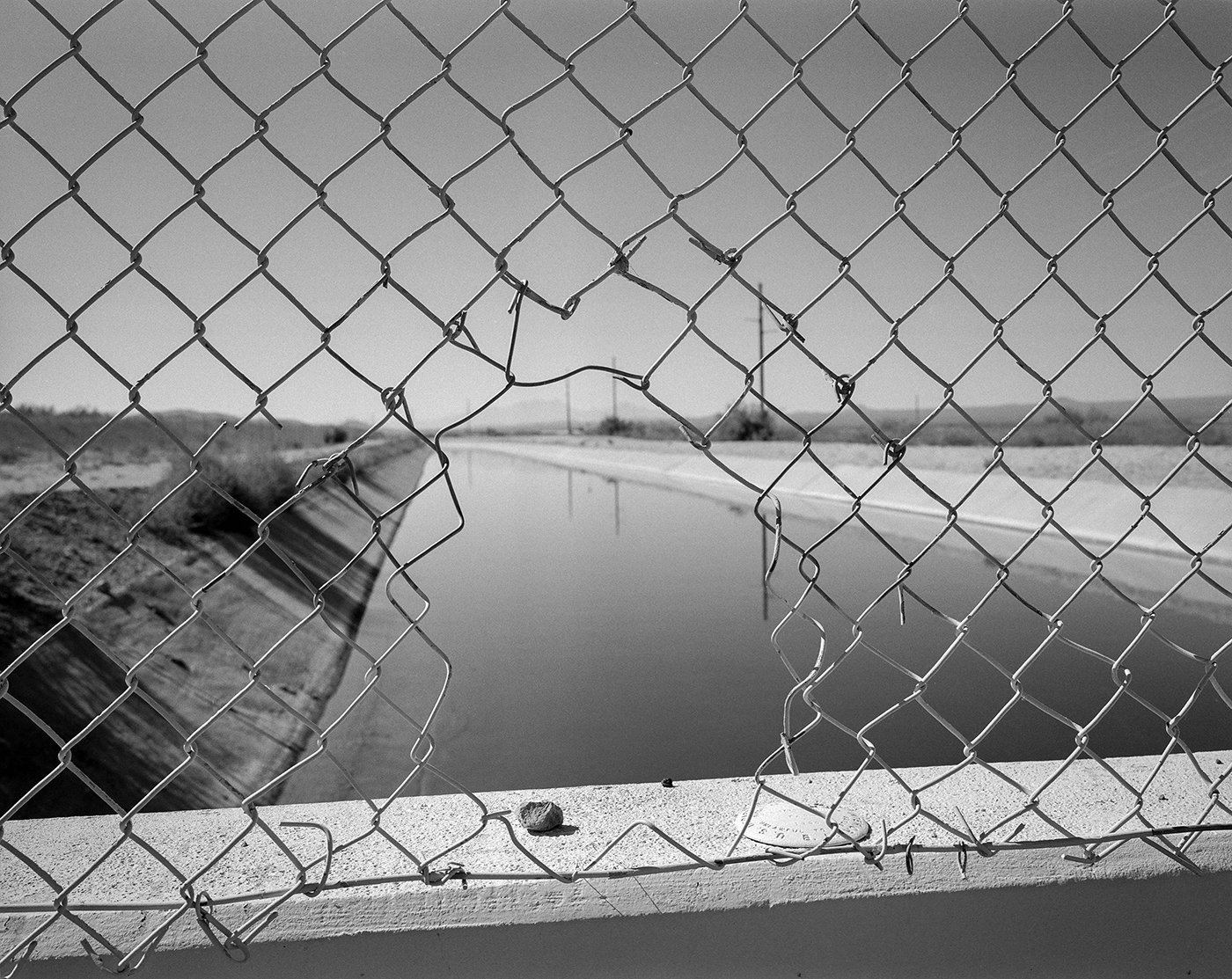JOHN TROTTER
No Agua, No Vida: The Human Alteration of the Colorado River
Brooklyn, New York • johntrotterphoto.com





-
Since 2001, I’ve been photographing the consequences of the sweeping human alteration of the Colorado River, in the Southwestern United States and Northwestern Mexico. The Colorado, I soon learned, was greatly reduced from what it once was and no longer makes its ancient rendezvous with the Sea of Cortez, between the Baja California peninsula and the Mexican mainland.
Forces north of the border had other destinations planned for the river’s water, and in 1922 divided its annual flow between seven U.S. states and Mexico. They built an extensive network of dams, stilling much of the once- roiling river and creating the foundation on which the Southwestern United States has been built.
But as it has turned out, the foundation of everything, the premise of 1922, was based more on wishful thinking than fact and up to 25% more water has been promised to the river’s users than actually exists.
I’ve taken many trips to the river, documenting its delivery infrastructure, and the cities and farms dependent on it. I am most struck by the profound disconnection that the river’s users have with this vast, glorified plumbing system, which provides them with water - one of the few things in the world without which we cannot survive. Despite years of warnings from scientists, the users have been drawing down the system’s two biggest reservoirs, Lake Powell and Lake Mead, faster than the climate change- depleted river can replenish them. In mid-2022, Lake Powell dropped to its lowest level since becoming operational in the mid-1960s and its continuing decline endangers the entire system below.
As the climate change emergency continues to shrink the Colorado, the only hope for mitigating the inevitable suffering for more than 40 million people directly dependent on the river’s water will be cooperation informed by a better understanding of the system’s totality. Though exploitation of the river has created animosity between its users since even before the 1922 Compact, the stakes have never been higher.
-
Black and white film + digital images. I propose 16 X 20-inch images with a small number of larger 20 X 24-inch images.
